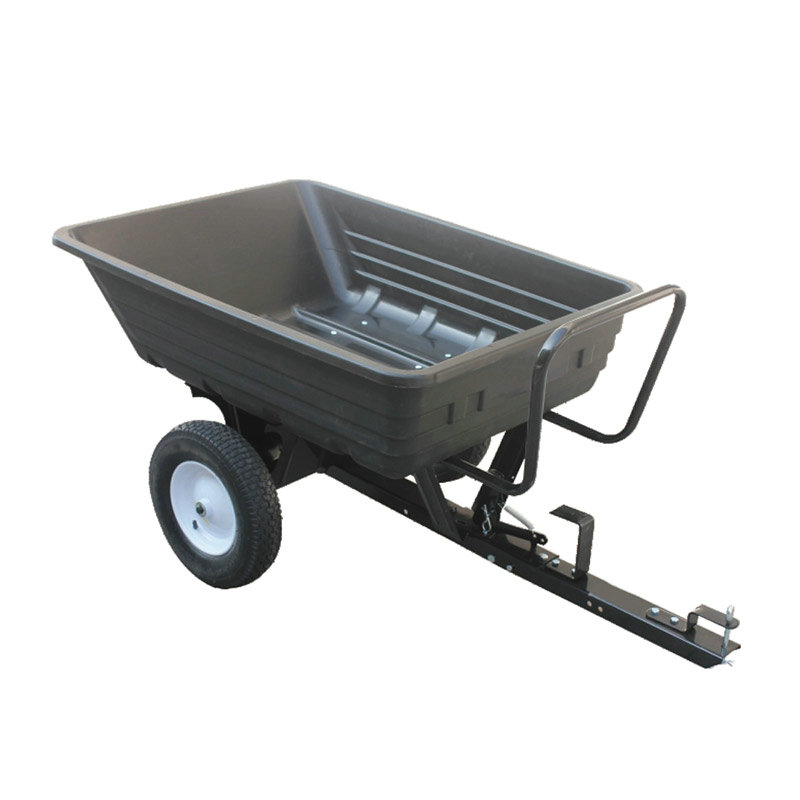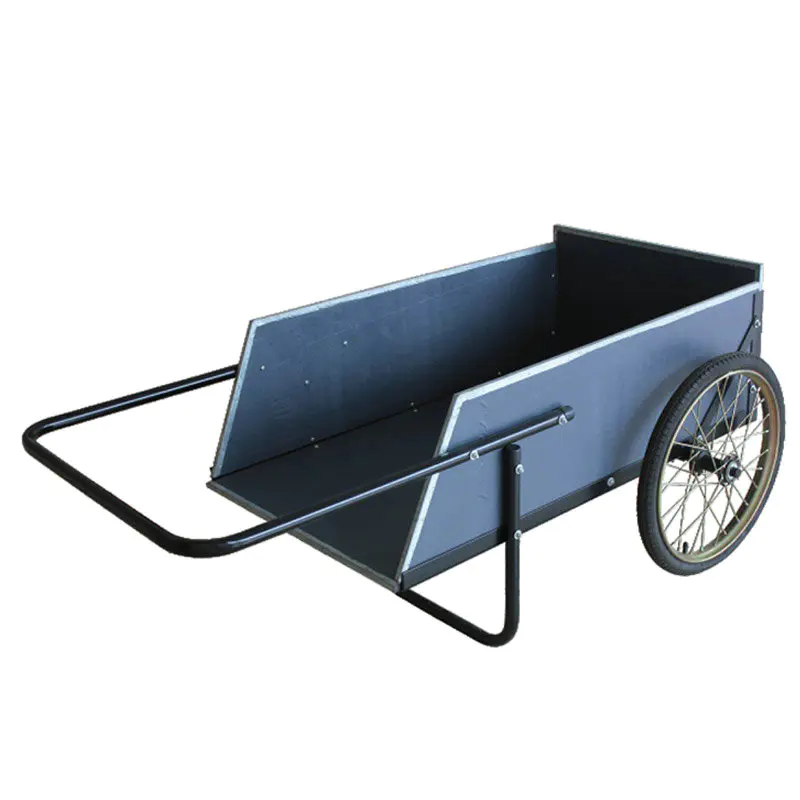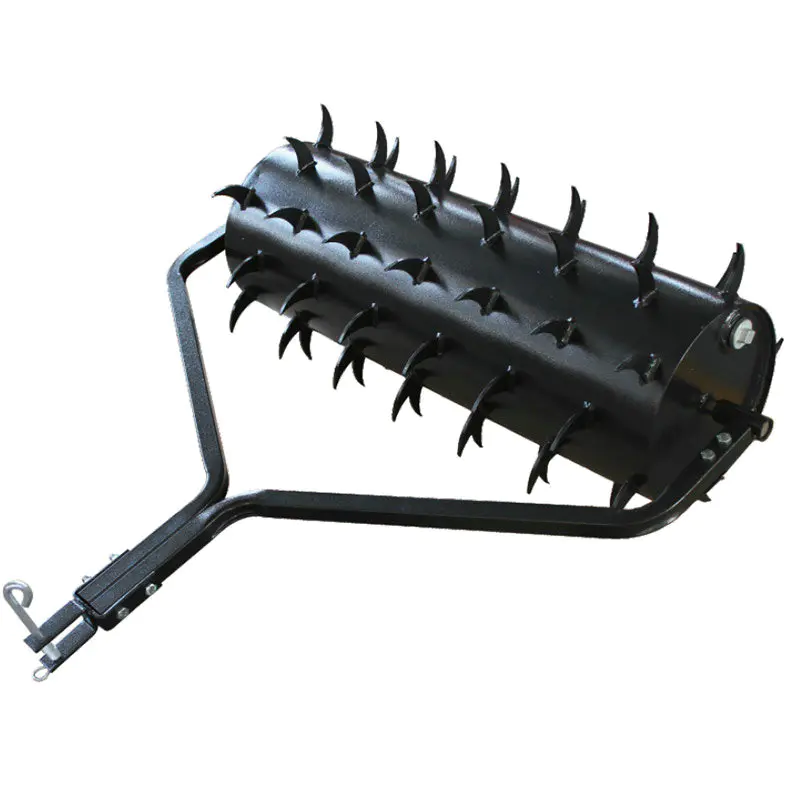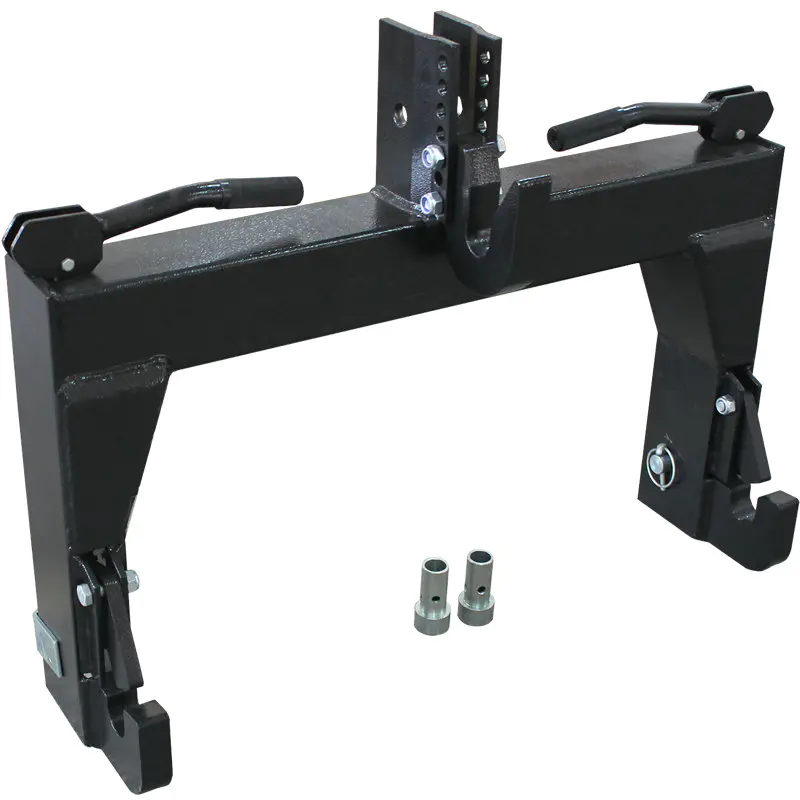A tow-behind lawn sweeper is a valuable tool for property owners and landscapers looking to efficiently collect yard debris without manual raking or bagging. These machines attach to riding mowers, lawn tractors, or utility vehicles, using rotating brushes to lift and deposit leaves, grass clippings, and other lightweight materials into a hopper. However, not all debris is equally manageable, and understanding the capabilities and limitations of a lawn sweeper ensures optimal performance.
What Debris Can a Tow-Behind Lawn Sweeper Effectively Collect?
Tow-behind lawn sweepers excel at gathering dry, lightweight debris commonly found in well-maintained yards. The most efficiently collected materials include:
- Dry leaves – A primary use case, especially in autumn when deciduous trees shed foliage. The rotating brushes flick leaves into the hopper with minimal effort.
- Grass clippings – After mowing, a lawn sweeper can pick up loose clippings, reducing thatch buildup and improving lawn health.
- Pine needles and straw – Lightweight and easy to sweep, though fine needles may require multiple passes.
- Small twigs and acorns – Most models handle thin sticks (under ¼ inch diameter) and lightweight nuts, though larger pieces may jam the mechanism.
The effectiveness depends on brush stiffness, hopper design, and towing speed. Models with adjustable brush height perform better on uneven terrain, while those with high-capacity hoppers reduce dumping frequency. Unlike handheld rakes or blowers, a tow-behind sweeper minimizes physical strain, making it ideal for large properties.
What Are the Limitations of a Tow-Behind Lawn Sweeper? (Wet Leaves, Large Sticks, and More)
While these machines simplify yard cleanup, they are not suited for all debris types. Key limitations include:
1. Wet or Damp Debris
Moisture causes leaves and grass to clump, sticking to the brushes or hopper instead of being swept in. Wet material also weighs more, reducing hopper capacity. For best results, operators should wait until debris dries or use a lawn sweeper in conjunction with a leaf blower for stubborn patches.
2. Heavy or Oversized Debris
Large branches, rocks, and thick sticks can damage brushes or clog the mechanism. Most sweepers are designed for lightweight materials, and attempting to collect heavy objects may strain the drivetrain. A preliminary walk-through to remove large debris is advisable before sweeping.
3. Fine Particulates (Sand, Dust, and Mulch)
Small particles often fall through the brushes or escape the hopper, limiting effectiveness. While some models have tighter bristle spacing, they still cannot match the precision of manual raking or vacuum systems.
4. Uneven or Rough Terrain
Bumpy lawns may cause the sweeper to skip sections, leaving debris behind. Pneumatic tires improve traction, but steep slopes or heavily rutted areas remain challenging.
Understanding these constraints helps users determine when a tow-behind lawn sweeper is the best tool—and when alternative methods may be necessary.
Can a Tow-Behind Lawn Sweeper Replace a Leaf Blower or Bagging Mower?
The choice between a lawn sweeper, leaf blower, or bagging mower depends on the task. Each tool has distinct advantages:
| Tool | Best For | Limitations |
|---|---|---|
| Tow-behind sweeper | Large areas, dry leaves, light debris | Struggles with wet/heavy materials |
| Leaf blower | Quick cleanup, hard surfaces | No collection, redistributes debris |
| Bagging mower | Cutting and collecting simultaneously | Limited capacity, frequent emptying |
A lawn sweeper is ideal for open yards with abundant dry leaves or clippings, while blowers work better for tight spaces or paved areas. Bagging mowers integrate cutting and collection but require frequent stops to empty. Many professionals use a combination—blowing debris into rows before sweeping—for maximum efficiency.
How to Maximize Your Tow-Behind Lawn Sweeper’s Debris Pickup Performance
To ensure optimal operation, follow these best practices:
1. Adjust Brush Height Properly
Brushes should lightly touch the ground without excessive pressure. Too high, and debris is missed; too low, and the sweeper may scalp the turf or wear out prematurely.
2. Operate at the Right Speed
Towing too fast causes debris to scatter, while moving too slowly reduces efficiency. A moderate, consistent pace (3–5 mph) yields the best results.
3. Perform Regular Maintenance
- Clean the hopper after use to prevent mold or residue buildup.
- Inspect brushes for wear and replace them if bristles become brittle.
- Lubricate moving parts to prevent rust and ensure smooth operation.
4. Prepare the Lawn Before Sweeping
- Remove large sticks and rocks manually.
- Mow tall grass first to loosen debris.
- Wait for wet leaves to dry if possible.
By following these guidelines, users can extend the lifespan of their tow-behind lawn sweeper and maintain peak performance across seasons.
A tow-behind lawn sweeper is an efficient solution for collecting dry leaves, grass clippings, and lightweight yard waste, significantly reducing manual labor. However, it is not a universal tool—wet debris, large sticks, and fine particulates remain challenging. When used alongside other equipment like leaf blowers or bagging mowers, it becomes part of a comprehensive lawn care strategy. Proper adjustment, maintenance, and operational techniques further enhance its effectiveness, making it a worthwhile investment for homeowners and landscapers managing large, debris-prone properties.

 see more
see more
 see more
see more
 see more
see more
 see more
see more


